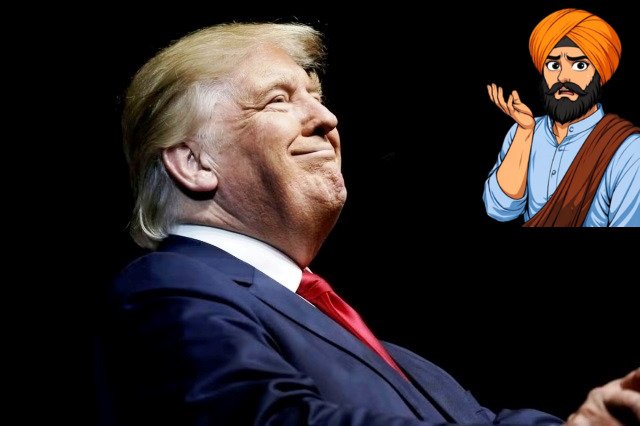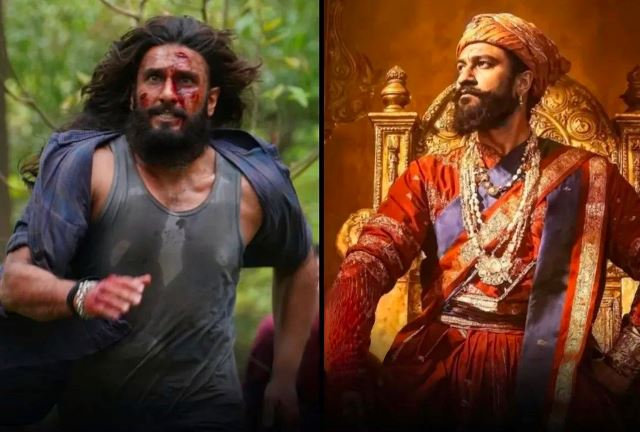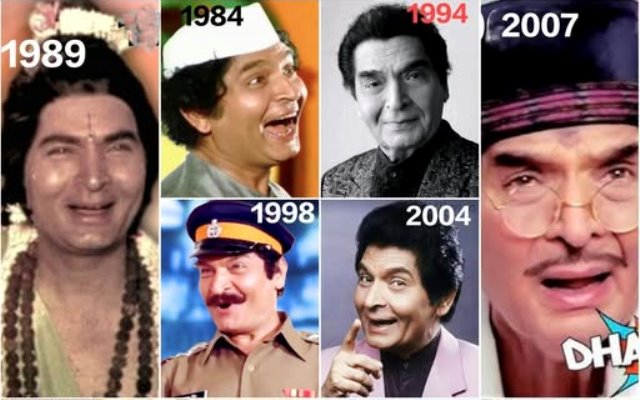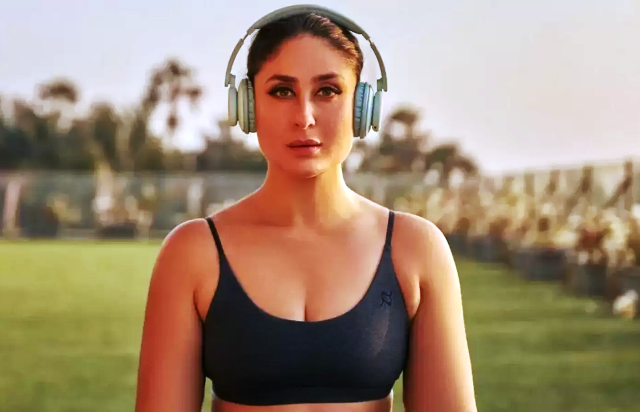
Low Voter Turnout & Social Media Chatter Help the BJP More than Others
Months before India’s ongoing parliamentary elections began on 19 April, the nearly unanimous perception was that a third term for Prime Minister Narendra Modi was assured; and that the only matter in question was how many of the 543 seats in the Lok Sabha his party, the Bharatiya Janata Party (BJP) and its allies who make up the National Democratic Alliance (NDA) would end up winning–would it be more than the 353 that it won in 2019 or would it be less.
Modi and his party proclaimed that they would aim to get more than 400 seats, an ambitious target that represents nearly 75% of the seats in Lok Sabha.
Yet, after the second phase of elections were held on 26 April, the mood began to change. India’s elections are notoriously tricky to predict because of the vast and diverse population. The nearly billion voters who are eligible to vote are so culturally, socio-economically, and ideologically diverse that it is like an agglomeration of several countries trying to democratically elect a government that would rule over them all.
Who Benefits from Low Voter Turnout?
Still, when reports showed that in the first two phases of the seven phases of voting, the turnout of eligible voters was lower than it had been in the 2019 elections, hopes soared among supporters of the Opposition and Modi’s critics. Probably, erroneously so. Official figures released by the Election Commission say that in the first phase 66.14% of voters turned up to vote (compared to 69.29% in 2019); and in the second phase, the turnout was 66.71% (compared to 69.43%). In the third and fourth phases, the turnout was a bit higher than in the first two.
Many detractors of the Modi regime read the dip in turnout as an indication of waning interest in voting for the BJP, and surmised that this could be the harbinger of good news for the INDI alliance, the NDA’s main rival and a political front made up of more than two dozen opposition parties. They could be wrong. Low turnout of voters actually helps the BJP more than any other electoral contender in India’s elections. Here’s why.
The BJP, unlike other Indian political parties such as the Congress, is a cadre-based organisation. Cadres are groups of people trained to carry out the goals of a political party and disseminate and enforce the official ideology. Such a system is most commonly prevalent in socialist or communist organisations where they are meant to spread loyalty and obedience to party rules and are responsible for mobilising citizens.
The BJP’s cadres are activated mostly during the elections. In the BJP’s well-oiled electoral machinery, cadres known as “Panna Pramukhs” play a crucial role during elections. The term Panna Pramukh translates to “page in-charge.” Here’s what it is: The concept of Panna Pramukhs was introduced by the former BJP president and current Union home minister Amit Shah, who is also Modi’s closest confidant, during the 2014 Lok Sabha Elections in Uttar Pradesh. The idea was to focus on a micro-level approach by assigning one person to each page of the local voter list.
Each Panna Pramukh is responsible for maintaining regular contact with voters whose names appear on a specific page (usually three to five families). In the run-up to the elections, Panna Pramukhs encourage voters to avail of the government’s welfare measures and help them in that effort and their duty extends until the election day when they try and ensure that the voters they are responsible for turn up and cast their votes. Panna Pramukhs are the party’s first point of contact with voters to ensure personalised communication and engagement.
Voter turnout can be low for a number of reasons: for instance, when the weather is oppressively hot and people don’t want to go out and vote; or, when there is a perception, as is likely in the ongoing elections, that there is no real contest and, therefore, an individual’s vote could have little impact on the results; or when there is no big overarching issue that mobilises people.
In 2019, for instance, the Lok Sabha elections took place shortly after the Pulwama attack, when a convoy of vehicles carrying Indian security personnel on the Jammu–Srinagar National Highway was ambushed by a vehicle-borne suicide bomber at Lethapora in the Pulwama district of the erstwhile state of Jammu and Kashmir. Forty Indian security personnel died. Analysts concluded that the incident could have spurred higher turnout of voters who were concerned about national security. As it happened, the BJP and its allies ended up with a massive victory in those elections.
This time there is no huge overriding incident such as the Pulwama attack although the widely publicised inauguration of the Ram Temple in Ayodhya could have an impact on which way some voters belonging to the majority Hindu community will lean. Yet, this election’s lower voter turnout is unlikely to impact the BJP as much as it can hit other parties because the former’s Panna Pramukhs will continue in their pro-active duties undeterred and, as a result, even if fewer voters turned up to vote, more of them would likely be voting for the BJP’s candidates rather than for their opponents. So, low voter turnout could help the BJP but not its opponents.
Who Benefits from Social Media Chatter?
In late April and early May, shortly after the first two phases of polling, there were perceptible changes in the electoral atmosphere. India’s elections are noisy, combative affairs where at public rallies, political leaders don’t pull their punches. Widely publicised video clips, distributed mainly on social media apps such as X, WhatsApp, and Facebook, showed both the BJP and its opponents getting into an aggressive mode. Modi’s speeches attacked the Congress, accusing it of following policies of redistributing wealth to appease infiltrators, construed to mean Muslims; opposition leaders, in turn, accused him and the BJP of stoking communal hatred towards minorities; and some of them, such as the Congress’ Rahul Gandhi publicly asked whether Modi was showing signs of being nervous of losing the elections.
On social media platforms, this changed perception was interpreted as a trend that the BJP and its allies were probably not faring as well as they had hoped they would. Armchair analysts proffered theories that said the ruling regime would find it hard to win a majority of seats and could fall far below what was earlier expected.
The fact is that although the numbers of Indians that use social media platforms such as X (24 million have accounts on that platform); WhatsApp (400 million); and YouTube (462 million users) are huge, there is no accurate analysis of who these users are and how much of the activity on these platforms has an influence on voting decisions.
Even so, it is the BJP that has been able to leverage social media platforms to distribute its messaging and campaigns better than any other Indian political party. Last week, the Pulitzer Center, a US-based nonprofit whose mission is “to empower a global community of journalists and media outlets to deepen engagement with critical underreported issues”, published a report titled “Inside the BJP’s WhatsApp Machine”, which analysed thousands of messages on WhatsApp to show how BJP uses the app to campaign in the closed environs of WhatsApp groups that are free from public scrutiny.
With the phenomenal growth of social media users in India, most major political parties have adopted these platforms as part of their campaign strategy during elections but none of them have been as efficient as the BJP.
According to the Pulitzer Center report, “the scale of the BJP’s WhatsApp operations is incomparable to that of any other political party in the country”. The BJP’s WhatsApp network is vast and, according to one estimate, there are now at least a staggering five million WhatsApp groups operated by the BJP and these are capable of disseminating messages from Delhi to any part of the country within minutes.
Predicting India’s elections can be a mug’s game. In India’s past elections, number crunching psephologists and analysts have often got it wrong. Only when, in two weeks from now, all seven phases of voting are finally completed and the results come out, will we know how effective the BJP’s mighty election machine has been this time.
For more details visit us: https://lokmarg.com/



